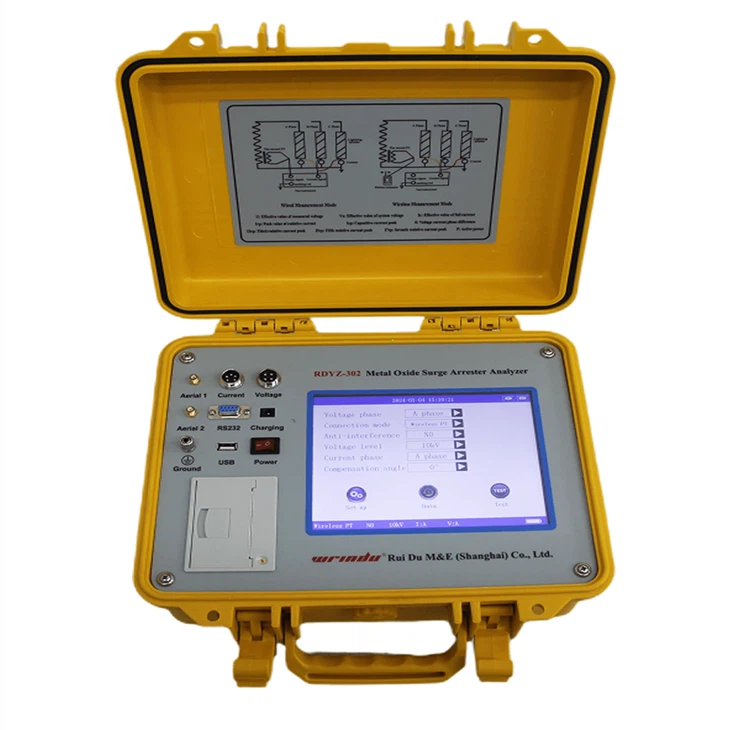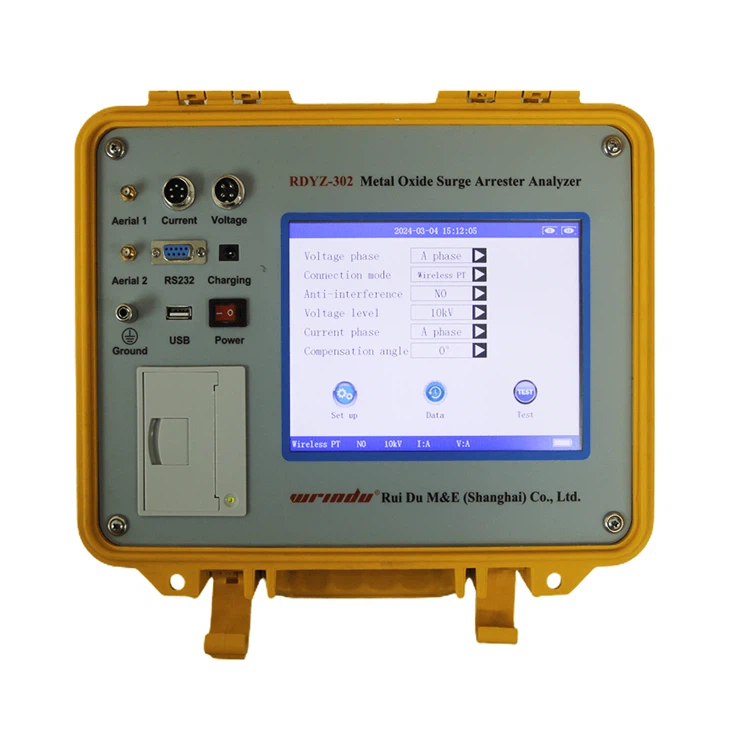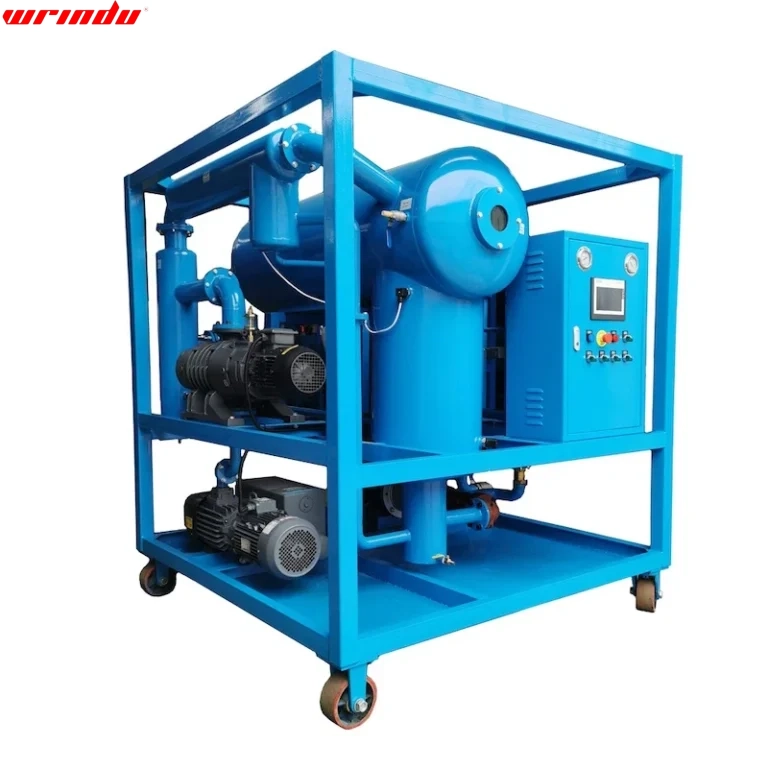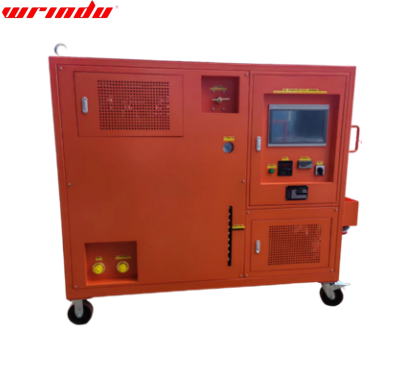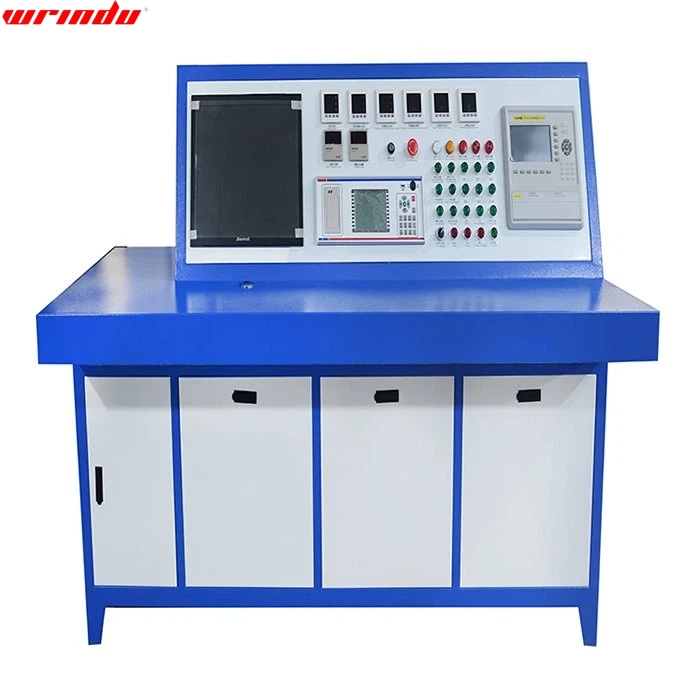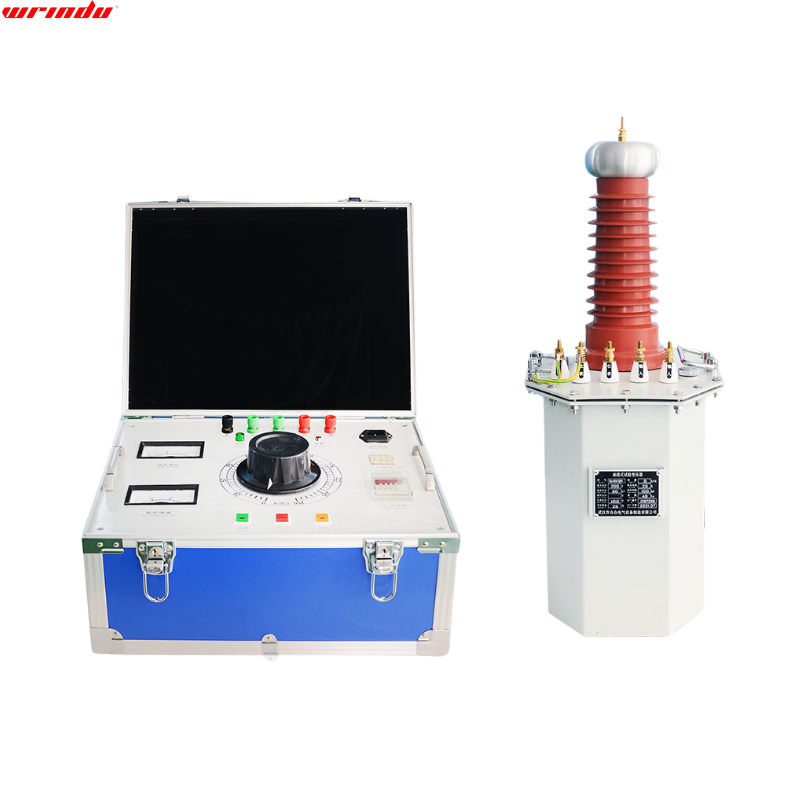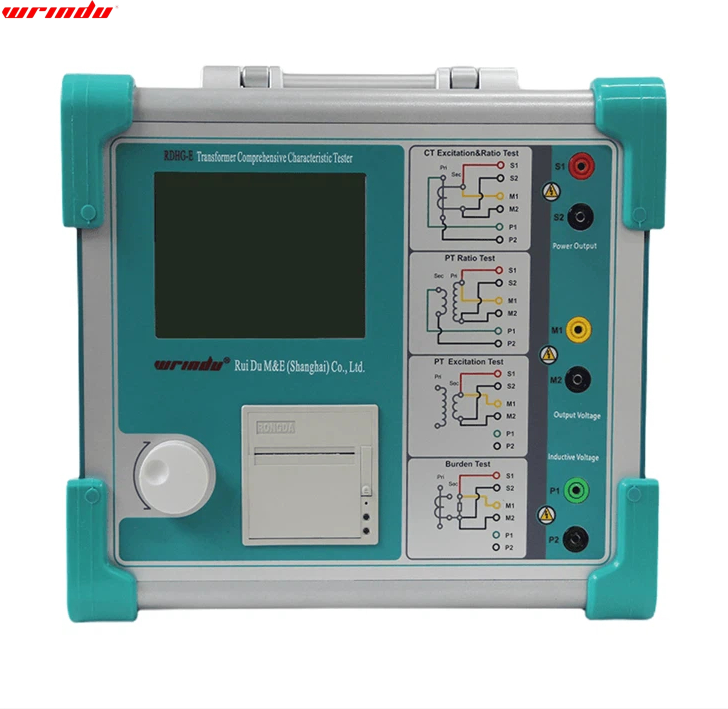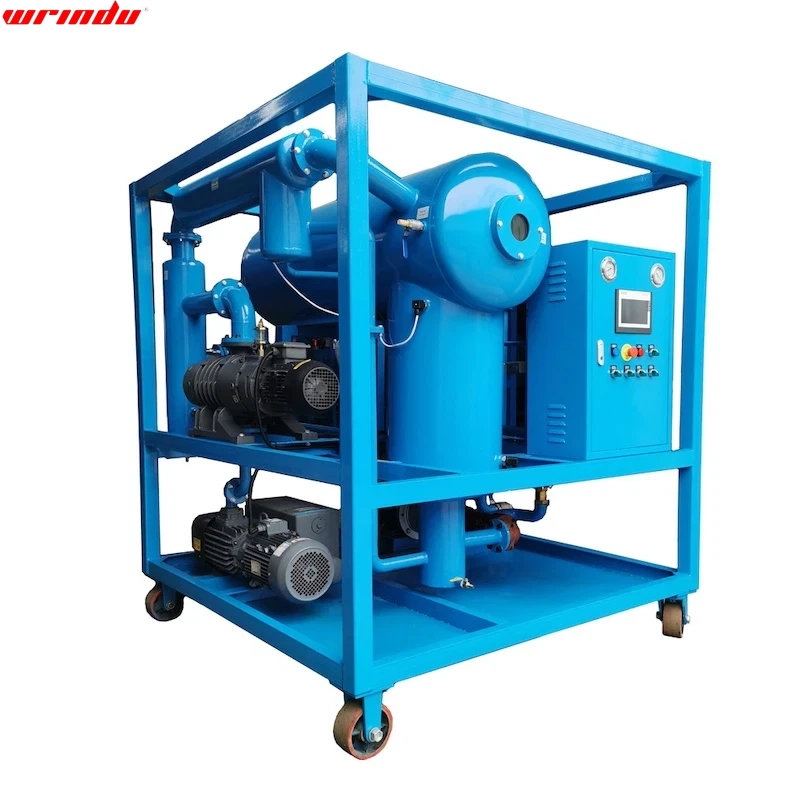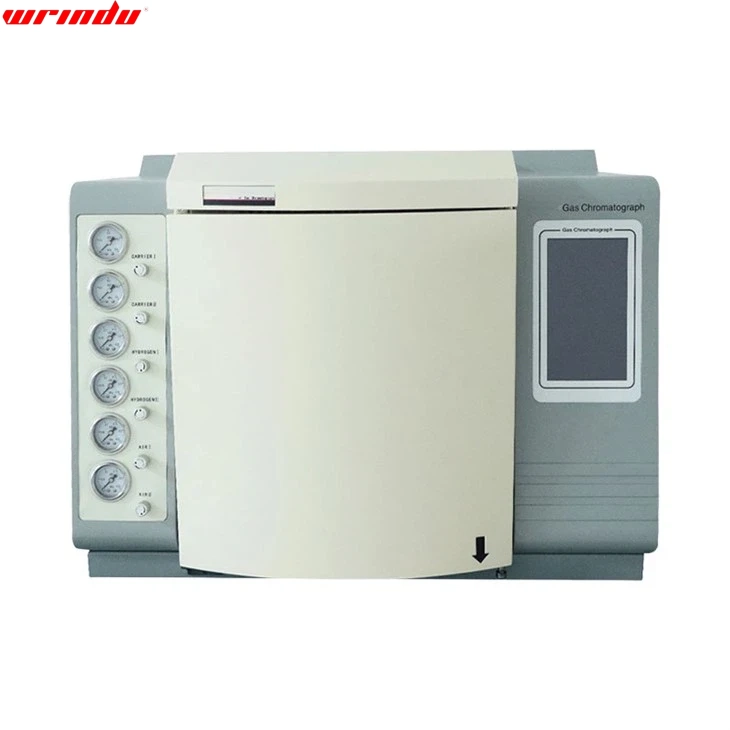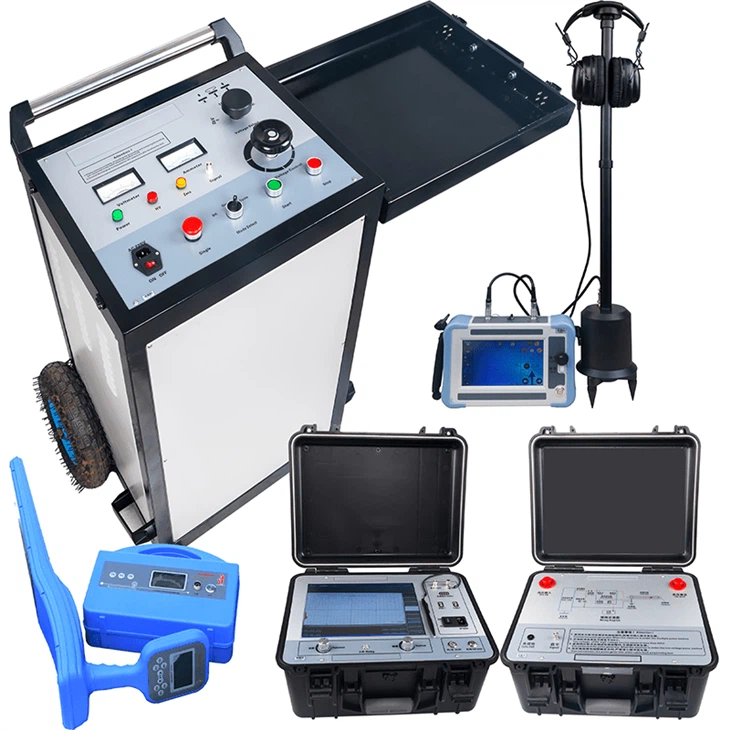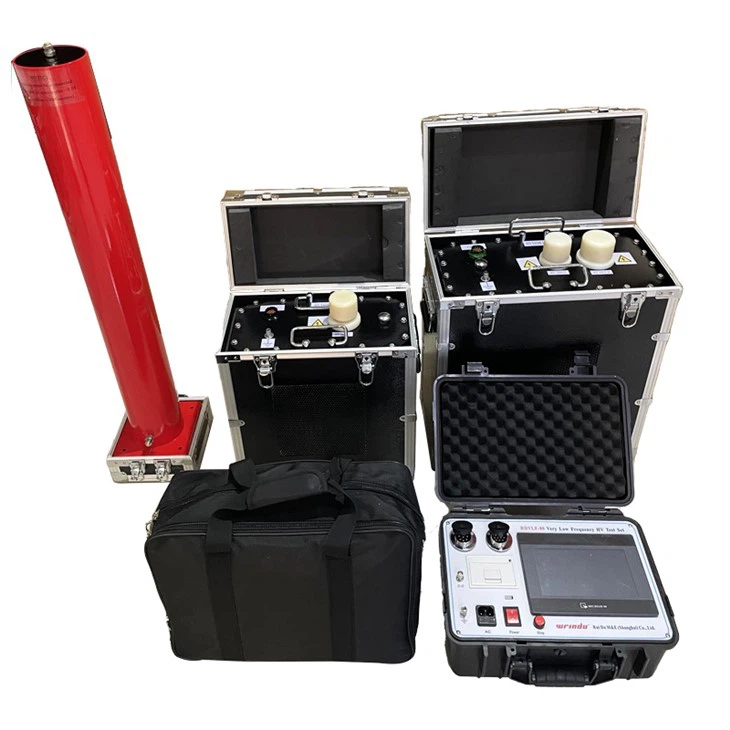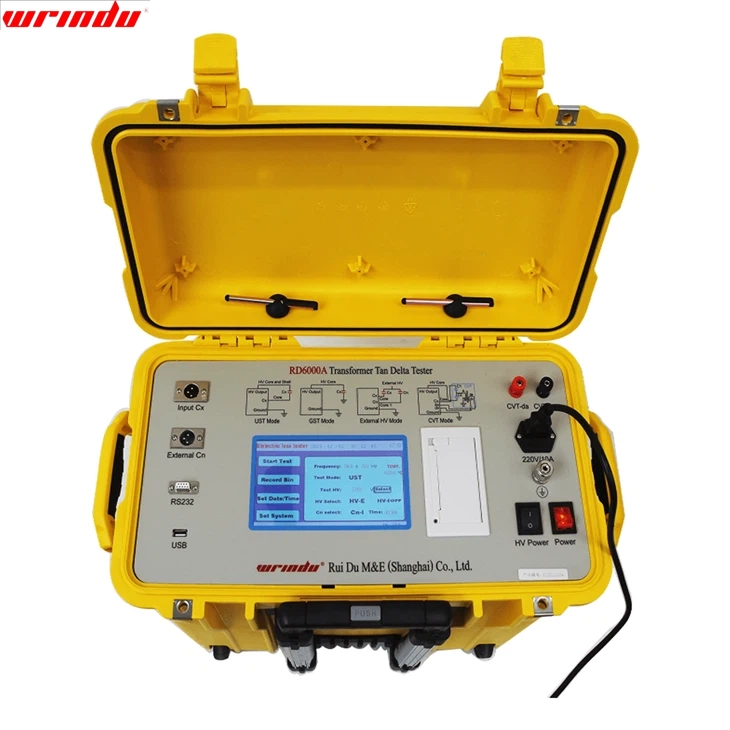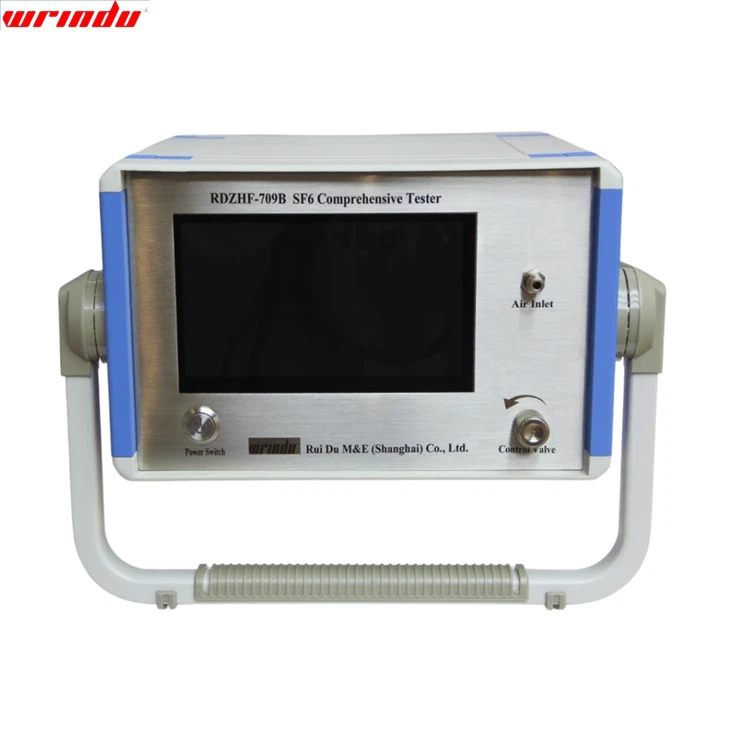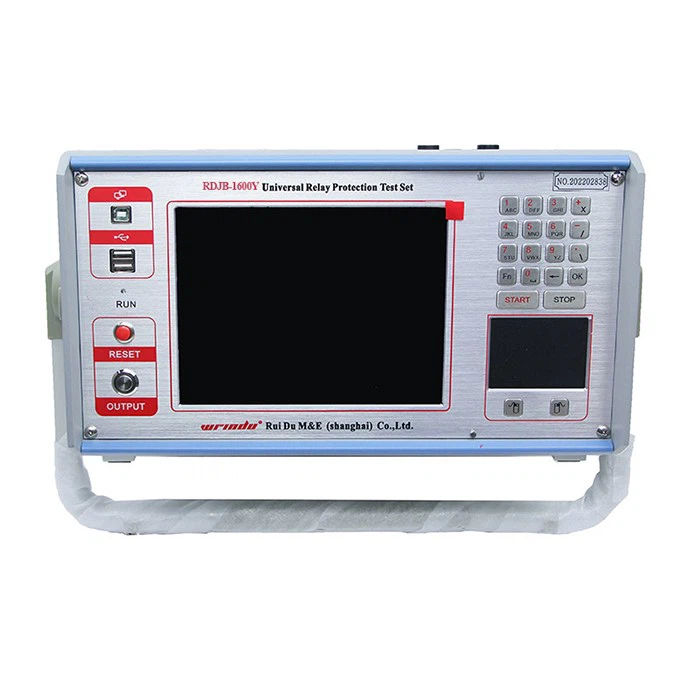OVERVIEW
The RDYZ-302 metal oxide Surge Arrester Tester is specifically designed for live detection in power systems. It measures AC leakage parameters during operation, identifying potential defects like internal insulation moisture and aging valve plates. By precisely sampling voltage and current signals and utilizing anti-interference methods such as Fourier transform technology, harmonic analysis, and digital filtering, the metal oxide surge arrester analyzer ensures accurate and reliable measurement results.
CHARACTERISTIC
Full Automation:
- Single wiring for simultaneous three-phase or individual single-phase data measurement.
Harmonic Analysis:
- This Surge Arrester Tester accurate assessment of fundamental wave and 3rd, 5th, and 7th harmonics.
Anti-Interference:
- Ensures data accuracy and reliability.
Voltage Phase Selection:
- Connect voltage signal to any phase A, B, or C.
Angle Compensation:
- Metal Oxide Surge Arrester Tester accounts for voltage signals at 220V.
8.0-inch Color Touch LCD:
- Displays three-phase data and waveforms simultaneously.
AC/DC Dual-Purpose:
- Built-in high-capacity lithium-ion battery for 6 hours of continuous operation.
Multiple Measurement Methods:
- Wired, wireless, and no Pt, supporting 220V maintenance power supply signal acquisition.
Connectivity Options:
- RS232 serial communication; USB interface.
Wireless Data Transmission:
- Eliminates the need for long-distance wiring, reducing labor intensity.
User-Friendly Design:
- Switch between Chinese and English interfaces with a simple menu and operation.
Storage Capability:
- Saves up to 200 sets of test data, exportable via USB flash disk.
Portability:
- Compact and lightweight for easy field operation.
FAQ
Q: How to test surge arrester?
A: The test steps of the zinc oxide lightning arrester include:
1. Appearance inspection
2. Insulation resistance test
3. Leakage current test
4. Action voltage test
For more information, please go to 10kv zinc oxide lightning arrester installation and debugging method
Q: How do you check the health of a surge arrester?
A: According to IEC 60099-5, it is commonly acknowledged that the most dependable indicator to evaluate the state of a gapless arrester during regular operation is by measuring the resistive portion of the leakage current (or by inferring it from the 3rd harmonic frequency).
Q: What is the leakage current analyzer for surge arrester?
A: The Leakage Current Analyzer (LCA) system is designed to quantify the resistive portion of the ongoing leakage current in gapless Metal Oxide Surge Arresters. Additionally, the LCA is capable of assessing metal-enclosed surge arresters utilized in Gas Insulated Substations (GIS). For this application, a capacitive GIS coupler is linked to the field probe.
Q: What is the leakage current of a lightning arrester?
A: Surge arresters exhibiting resistive leakage currents ranging from 350-500 μA require strict surveillance, and those exceeding 500 μA must be promptly withdrawn from service. The testing apparatus is powered by batteries and equipped with a clamp-on current transformer and a field probe. Proceed by linking the earth lead to both the testing device’s earth terminal and the lightning arrester’s earth point.




